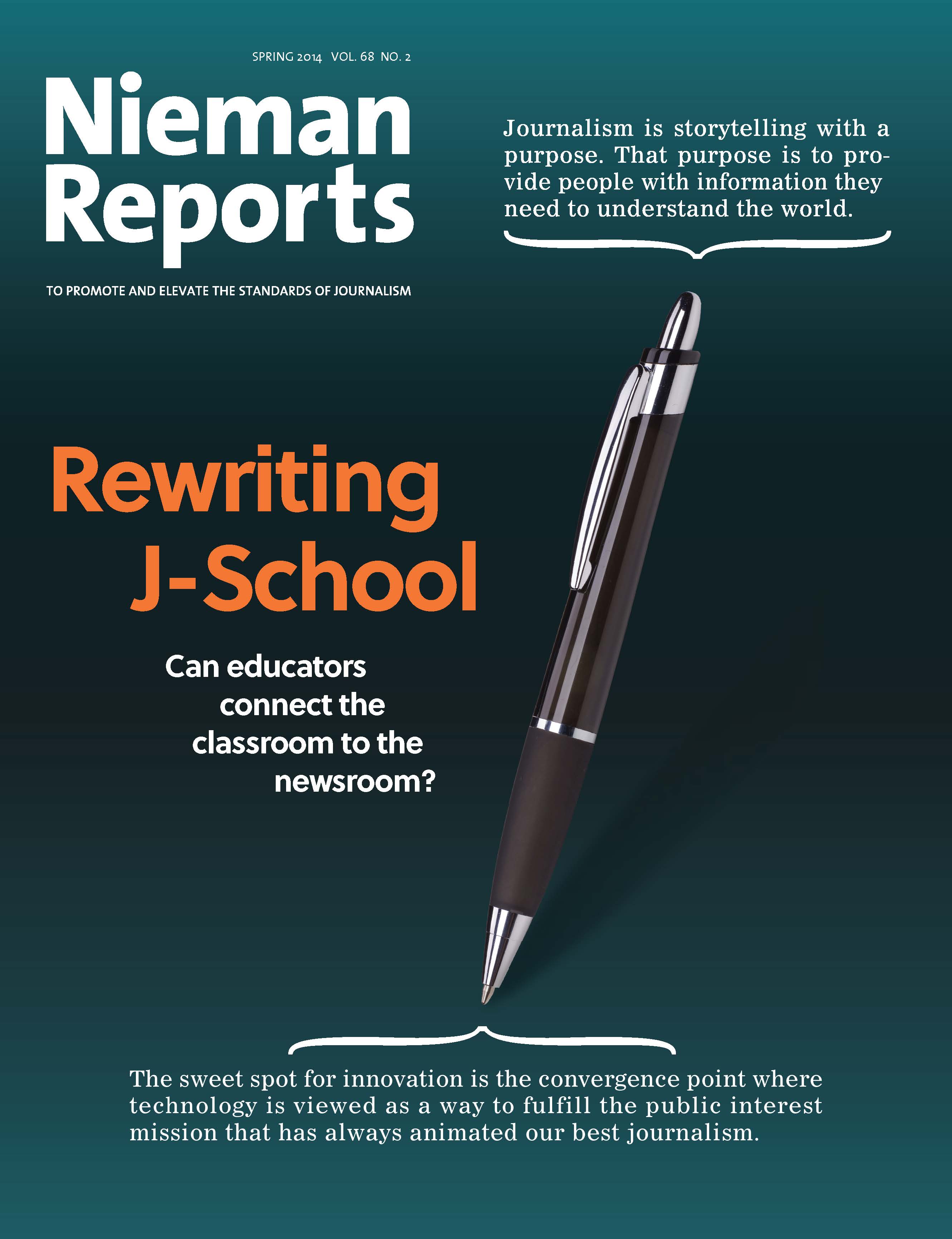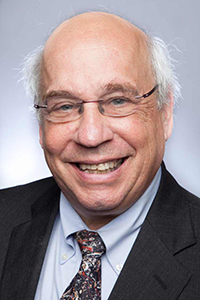On my way into work at Medill Watchdog for the first time, I stopped at Hanig’s Shoe Store. It was February 1, 2011, part of a three-day storm in which more than 20 inches of snow fell on the Chicago area.
I had returned to Evanston, Illinois after more than four decades away—working on staff for, among other outlets, The Philadelphia Inquirer, the Los Angeles Times, and the San Jose Mercury News—and I needed a pair of snow boots. I also needed a good plan for how Medill Watchdog, which I was hired to create, could accomplish its goals. The initiative is part of the small but growing number of programs intended to reshape traditional journalism school. Medill Watchdog is not a class at all; each quarter, we hire interns from the talented undergraduates, grad students and recent graduates who apply.
RELATED ARTICLE
Rewriting J-School
How journalism schools are trying to connect classrooms to newsrooms
– Jon Marcus
The idea is to partner on big, ambitious journalism projects—the kind news organizations used to do on their own—and let students learn by working alongside great journalists from both print and broadcast. The work, at least we hope, helps provide the community the kind of in-depth journalism, using data sets that we create, that is harder to accomplish in the world of downsizing. And, potentially, the initiative provides a model of how this journalism can continue to flourish, as we help train and motivate the next generation.
But the snow wasn’t the only obstacle when I arrived in 2011; the issue was how to be distinctive in Chicago’s crowded journalistic landscape. Before long, I heard a story that became a model of what we could bring to Chicago journalism. The state legislators in Illinois, like many local officials, are elected into part-time jobs and hold other jobs while not doing the people’s business. So a powerful state senator, in his off-hours, was a registered lobbyist in Cook County. It seemed bizarre. How could public officials simultaneously be lobbyists? And how common was this?
It proved a defining project for Medill Watchdog. Teams of interns worked with me and assistant director John Sullivan, building a list of all the elected officials from Cook County units of government; seeing which were lobbyists; identifying who their clients were, and which of them pushed legislation that seemed to benefit their paying clients. Before long, the interns expanded the search to include lobbyists who were close relatives of legislators.
The project ended up running over two days in the Chicago pages of The New York Times. And a sign of how we’ve progressed: Some of the very best journalists at the Chicago Tribune and WGN-TV now come to us with ideas for big projects that, alas, they used to comfortably do on their own. The program continues to cement its place in the journalism constellation, as the need for data-driven journalism to expose problems hasn’t vanished from Illinois. Nor, alas, has the snow.
Rick Tulsky, a Pulitzer Prize-winning investigative reporter, is director of Medill Watchdog



